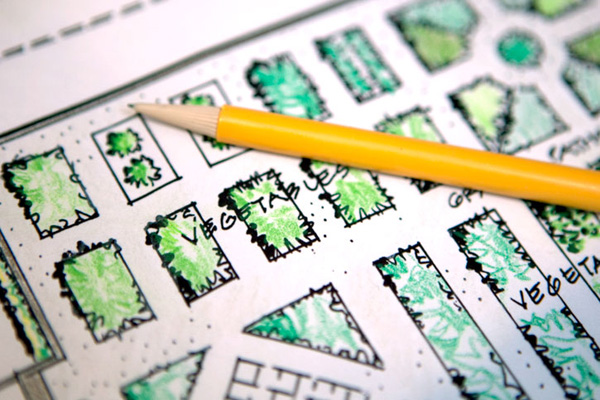
The cold weather may have us ensconced inside, yet dreams of spring will quickly become our reality. As we wait in our warm homes, this is an ideal time to plan the garden.
If you have not yet subscribed to a seed and garden catalog, call and get on a mailing list or two. One of my personal favorites is Southern Exposure Seed Exchange. They have great descriptions in their catalog, highlighting the growing conditions and including hints on the successful production of each crop. They carry standard and unusual seeds, making them a definite resource in my library and a recipient of my annual seed order.
There are many other resources for seed catalogs, including the Internet. You may find seed swaps with like-minded individuals will extend your inventory. There is a plant and seed swap planned by the Master Gardeners of Rutherford County to take place May 2 at the Extension’s Community Center on John R. Rice Blvd. This is a morning event, open to the public. The concept is simple, you take home the equivalent number of what you bring. You may want to mark that date on your calendar as part of your 2015 Garden Plan.
If you are a first-time gardener, the site selection of your garden is your first decision. Sometimes, the selection is made for us due to by-laws, restrictions or a lack of growing space. You may choose to plant in pots on your porch or patio. If you have the space in your yard for a garden, you will want to select an area that is well drained. The hours of sunlight on that area will determine if you select plants for sunny, partial sun or shade location. Vegetables do require a minimum of six hours of sun per day.
If your garden is established, resist the temptation to work in the soil on a warm winter day when the soil is wet. You will regret it, as activity will actually break down soil components, creating clay sculptures that will be time-consuming to amend. If you really need to get into the “ground,” I suggest that you choose instead to develop your compost by turning it over.
With a little bit of planning, this region can support productive outdoor gardening throughout three seasons. This requires successive planting, which means that one crop is replaced with another at the end of its productive cycle. As you are perusing the catalogs, pay attention to the recommended planting dates and days to maturity. Both will help you to plan the productiveness of your garden. I recommend ordering seeds for the whole season with your spring order. It is hard to find seeds for a fall planting in July. Store them in a cool, dry place until the appropriate planting time.
There is a technique in successive planting called square-foot gardening. This method is also called intensive gardening, as it utilizes the square footage of your garden area in a more efficient manner than row cultivation. The concept is to build a raised-bed box, typically no bigger than four feet square to allow for arm’s reach into the middle for maintenance and harvesting what is growing there. Use non-treated lumber, or you may find kits for a box. This is a fine season to build boxes.
Once you put the box in the garden, fill the box with a potting soil which can be either a purchased bag or a homemade mixture with equal parts vermiculite, compost and peat moss. Then divide the box into square-foot sections with string or more permanent thin wood (lattice) strips. The strips will be placed 12” inches apart both vertically and horizontally on the box. This grid is what defines this technique as square-foot gardening.
With this method, instead of using the whole bag of seeds, plant the number of seeds in each section that is appropriate for the spacing guidelines of the plant. A plant with the spacing need of 12 inches will have one plant in one square; 6-inch spacing will have four plants per square; 4-inch spacing will support nine plants per square; and 3-inch spacing will support 16 plants per square.
It is always a great idea to grow your own food. Not only does it result in a sense of pride, but it is a healthy effort. If you are planning a vegetable garden, I would recommend you consider a raised bed. To my thinking, the best reason for doing this is to control the quality of the soil in which you are growing your vegetables.
Well, it’s definitely time to review all your seed options for the upcoming growing season. The time will soon approach when we can sow the spring crop. Be prepared; have a plan!














